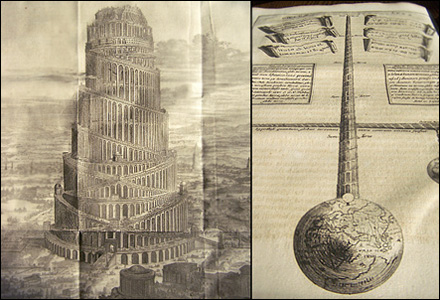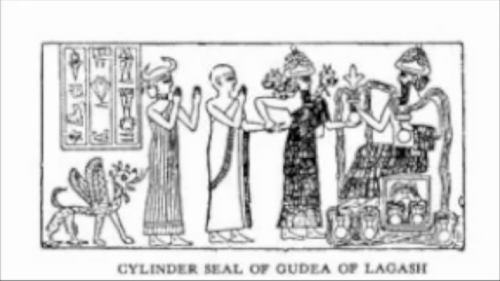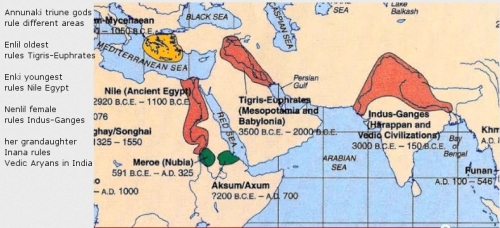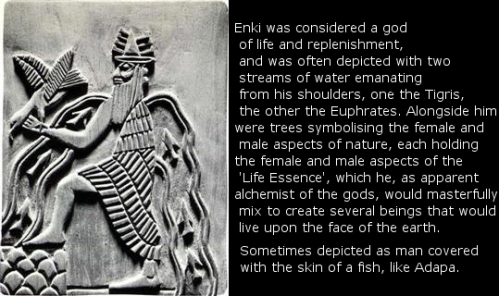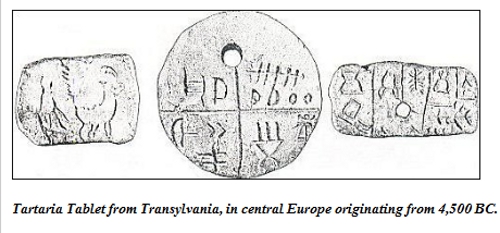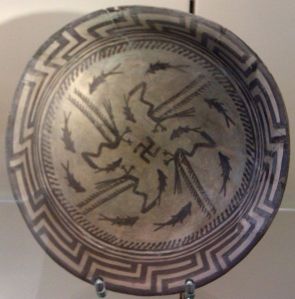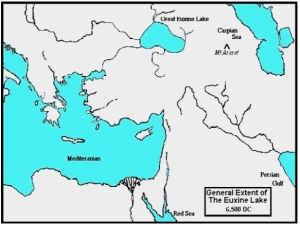_________________________________________________________________________
I love serendipity!
I arrove at this image circuitously. As I had mentioned, in a much previous post, I had been searching to find the “blowing wind face” frequent on antiquated maps of the world. I finally did, and one of those maps I discovered, was drawn by Athanasius Kircher.
Like Leonardo da Vinci, the German scholar Athanasius Kircher (ca. 1601-1680) was a true “Renaissance man.” Interested in both the arts and sciences, he wrote several dozen books on everything from medicine and geology to Egypt, cryptography, Noah’s Ark, and musical harmony. Kircher was especially interested in the history of languages, and just a year before his death, he published Turris Babel, a history of the Tower of Babel.
According to the Bible, the people of Babylon attempted to build a huge tower that would reach all the way to heaven. After learning that they were constructing the tower for their own glory rather than His, however, God punished the Babylonians by making them all speak different languages. No longer able to communicate with each other, they stopped work on the tower, left Babylon, and went their separate ways. The tower not only became a symbol for human pride, but also helped explain the origin of languages.
In Turris Babel, Kircher suggested that rather than creating hundreds of languages at one stroke, God preserved Hebrew, which continued to be spoken by the descendants of Noah’s son Shem, and then created four new languages, which he assigned to the descendants of Noah’s other sons. These languages subsequently split apart even further over time, resulting in all the languages that are spoken today. Kircher singled out a few languages for special attention in the second half of his book. Considered the father of Egyptology, he was especially interested in Egyptian hieroglyphics, and he expands on one of his earlier works on this subject here.
lib.lsu.edu | Tower of Babel
I found the discovery that Kircher had illustrated the Tower of Babel as well, interesting in light of my recent posting also about the X-Seed 4000 Ultima Tower being designed right now, at two miles high, the largest human-built structure the world has ever seen.
